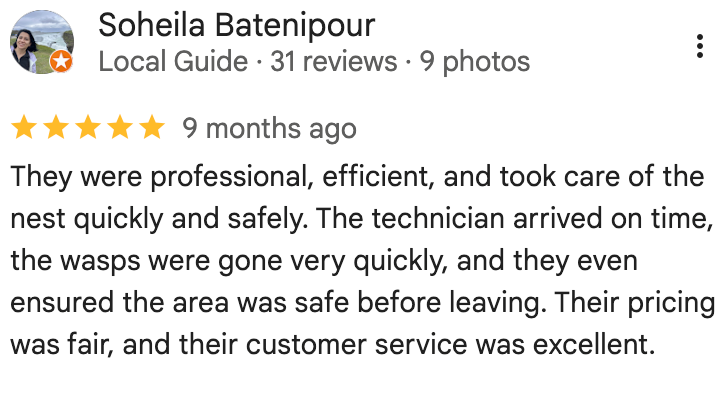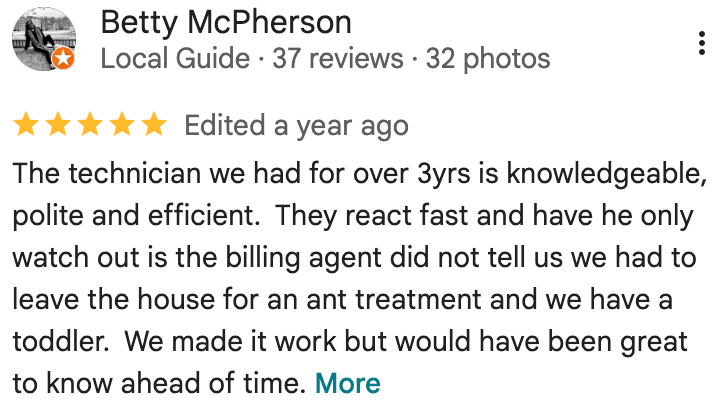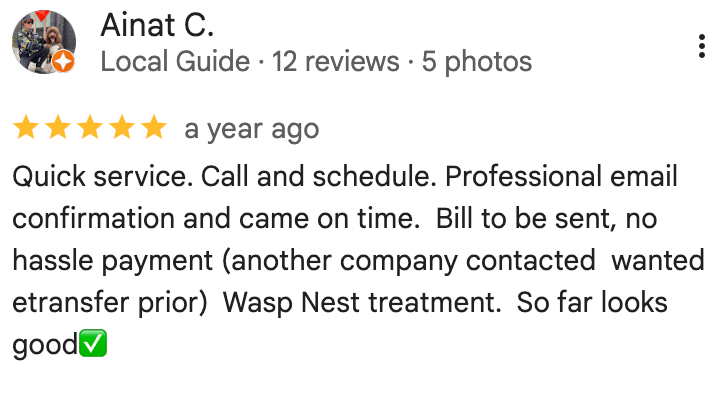About Centipedes
Centipede is a word that implies “100 legs,” however no centipede has 100 legs since all centipedes have a unique number of leg pairs. Centipedes have a plethora of species and maybe found all throughout the United States. Many species may be found dwelling in dark, damp places outside, such as under logs and stones or in leaf litter. A few species, such as the house centipede, may be found indoors. You’ll recognize a centipede when you see one. The legs are unmistakable. Centipedes are brownish-yellow insects with a large number of legs. The house centipede is the most common centipede found in Minnesota. It’s about 1 and 1 1/2 inches in length. The ordinary house centipede has a long, flat body that is divided into 15 segments, each with a pair of legs. Three lengthy stripes go along the back of the ordinary house centipede in your home.
Habits
These predatory bugs consume other bugs, however, they usually lurk in dark nooks until they feel like scurrying out and startling you. They like damp, dark locations and are most active at night, however, you may see them scuttling around during the day if you disturb one of their hiding or resting spots.
Habitats
You could discover them beneath your sink or in the bathtub on sometimes, as they are both damp and gloomy environments that they enjoy. They are mostly dormant in winters and start to become more active in the spring. They may wish to seek shelter indoors as the weather becomes cooler in the autumn. In times of drought, they seek moist areas.
Threats
Centipedes have a predatory tendency and might be poisonous depending on the species. Smaller centipedes may bite and give simply a stinging sensation, comparable to a bee sting, however, bigger centipedes can bite and inflict severe agony. Humans, on the other hand, are not killed by centipede bites. Centipede bites can result in secondary medical symptoms such as headaches, nausea, vomiting, and anxiety. A centipede infestation can rapidly become overbearing.
Prevention
The centipedes themselves are the first sign of an infestation or overpopulation. Unlike millipedes, which are herbivores and detritivores, which feed on dead and decaying plants, wood, and cellulose material, they are unlikely to eat wood. Centipedes rely on soft-bodied insects, therefore eliminating their food source is the first step in reducing their number. Identifying various pests outside and within the house, for example, is critical. To positively identify the insects and thoroughly treat the full centipede infestation, including their food supply insect adversaries, call your pest management professional.






